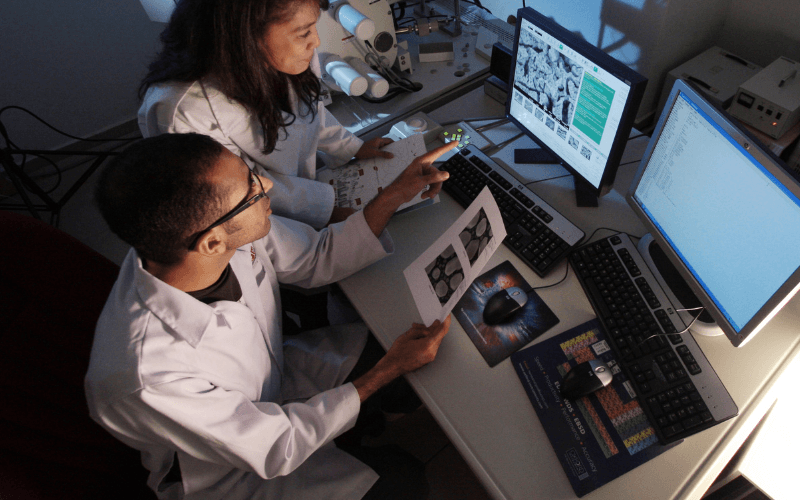Expanded Access Programs (EAPs) allow patients with serious or life-threatening conditions to obtain investigational treatments outside of the clinical trial setting. Because they are not formal clinical trials, EAPs do not require as much data to be collected and submitted to regulatory agencies. Basic safety data is all that is required.
However, many Sponsors consider collecting additional, Real-World Data (RWD), to submit alongside clinical trial data to help support regulatory decision making, or to use internally to help inform future clinical development efforts.
When collecting RWD it is important to monitor this data to ensure it provides accurate and reliable insight. This is where WEP’s Clinical Research Associates (CRAs) come in. Our role is multifaceted and involves collaboration with many key stakeholders. Below I have outlined our main activities, to highlight the importance of a strong Clinical Monitoring team, when collecting data in an EAP.
Collaborate with stakeholders – including the Sponsor, cross-functional WEP Leads, and Regulatory Bodies – to ensure appropriate data collection and monitoring processes are established.
- When a Sponsor decides they want to collect RWD, our first task is to educate them on what kind of data can be collected, the methods for doing so, and the country-specific monitoring regulations.
- This allows us to ensure the Sponsor’s data collection plan follows regulatory guidelines (e.g., FDA, EMA, MHRA) for EAPs.
- We ensure that the data to be collected aligns with the protocols and requirements, as each EAP is unique.
- We recognize that, just as each EAP is unique, each site and country also differs, with varying processes and regulations.
Work with Sites to ensure data collection is consistent across sites
- EAPs often involve multiple clinical sites with Site Staff (e.g., Healthcare Providers, Clinical Research Coordinators, Regulatory Specialists, Nurses, etc.) who have varying levels of expertise in clinical research.
- At the outset, we train Healthcare Providers and their Site Staff on data collection and reporting procedures for the EAP, ensuring that every Site Staff member across all sites understands their responsibilities.
- Throughout the EAP, we consistently engage with Site Staff to identify any missing, incomplete, or inconsistent data. We understand how busy Site Staff can be and approach them with compassion and proactive collaboration.
- We work to resolve discrepancies and ensure issues are addressed, collaborating with the Site to implement corrective actions and prevent recurring challenges.
Use our technology and systems to ensure data integrity and reliability throughout the EAP
- We are responsible for confirming that the data entered into the electronic data capture (EDC) systems or paper case report forms (CRFs) or matches the patient’s original source documents.
- We implement checks and procedures to verify that the data being reported is accurate, complete, and reliable. These validation processes help ensure the quality and correctness of the information being collected.
- If we identify any potential issues or inconsistencies within the data, we ensure timely intervention to maintain the reliability of the collected data.
Conclusion
We hope the outline demonstrates the crucial role that the Clinical Monitoring team serves at WEP. We help ensure that all patient data is reliable, regulatory-compliant, and supports safety assessments, ultimately contributing to better decision-making for both the Sponsors and Regulatory Bodies.




